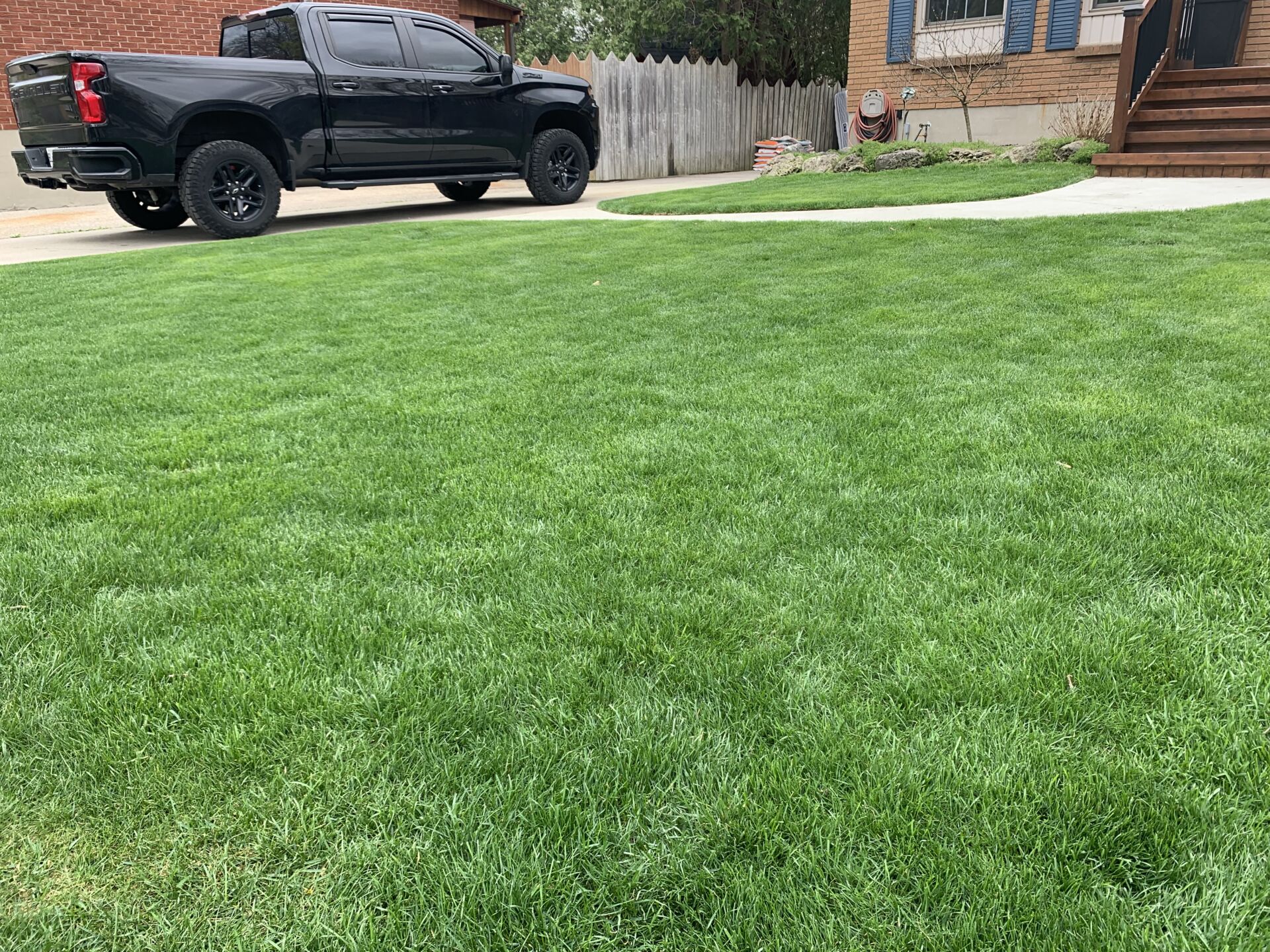Grass repair
Garden Clippings for April 29, 2023
April is grass repair month. Perhaps it was the fibre optic installation team who left evidence of their work in the front yard. Or the City plough that scraped the edge along the sidewalk. Or skunks and racoons that left holes while digging up grubs.
Most lawns will benefit from a spring shot in the arm. If the grass is tired, an application of high nitrogen fertilizer will do the trick. Feeding the lawn in spring will give grass a boost and will cause roots to travel and thicken up a thin lawn.
But if there are bare patches or if the lawn has uneven spotty growth, it may be wise to add grass seed.
For lawns that are uneven, with high and low spots, get a yard or two of screened topsoil and spread a layer over the existing grass. Start with raking up old leaves and sticks, followed by a run with the mower at a low setting. Next, spread a thin layer of screened topsoil over the existing grass, doing your best to level with a stiff garden rake.
Once the soil is spread, sow grass seed over the topsoil at a rate of about 1 pound of 100% seed over 250 sq ft of grass. Read the fine print on the grass seed and if the seed mix contains a filler, you will need more to ensure good coverage.
Finally, rake lightly one more time so some of the seed goes into the soil mix. Pray for warm rain and if the weather remains dry, you might be wise to water lightly and frequently for a few weeks until the seed sprouts. Don’t worry if the seed sprouts unevenly and don’t worry if the soil sprouts a few weeds. With regular mowing, the weeds will disappear.
For lawns that want rejuvenation, I recommend skipping the soil and instead opting for a mix of peat moss, vermiculite, fertilizer, and grass seed. My friend who ran Reeves Florist and Nursery in Woodbridge dubbed this mix a Fat Grass Recipe.
The Fat Grass Recipe calls for 4 cubic ft of peat moss, 3 cubic ft vermiculite, 2 kg grass seed and 1 kg turf starter fertilizer. Dump the product on a concrete driveway or poor section of the lawn and mix thoroughly. Spread the mix over up to 800 sq ft of grass and watch it grow. The mixture provides a superb seed bed that will sprout with success.
Don’t worry if your growing medium does not follow the recipe precisely. You are not baking a cake but making a salad, and the ingredients are not fussy. For a shortcut, substitute the peat moss and vermiculite for a soil-less growing medium such as Pro-Mix or one of the many mixes prepared for container gardening.
Fat Grass Recipe has an advantage over screened topsoil because it is lightweight, easy to mix, and you can take it home in the car. And with no topsoil in the mix, there is no threat of weed seeds or tiny bits of debris in the soil.
Do choose your grass seed with care. For a fine lawn in full sun, choose a mix that contains up to 40% Kentucky Bluegrass. For shady areas, choose a mix that contains Creeping Red Fescue and Poa Trivialis. If you are after instant gratification, find a mix that contains varieties of Perennial Ryegrass. Choose a Certified Canada #1 seed mix and avoid grass seed brands that do not list their ingredients. I recommend a seed mix that contains 100% seed rather than using a brand that adds filler which only serves to raise the seed’s perceived value.
Once the seed is 2 or 3 inches high and you have cut it twice, it is a good idea to follow up with an application of slow-release lawn food.


